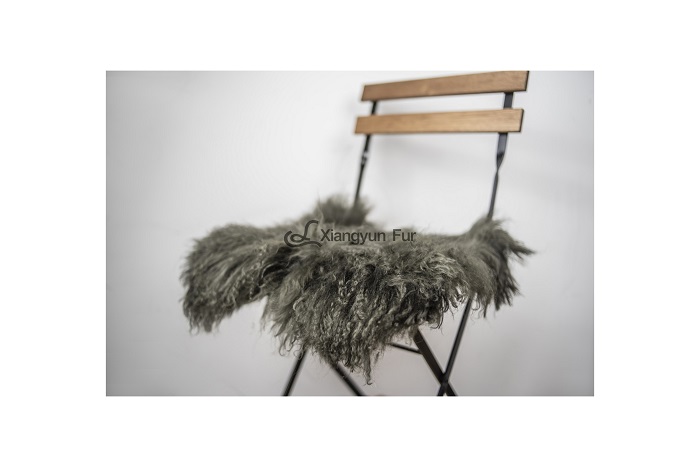Is sheepskin the same as fur
In recent years, as people's awareness of animal welfare and environmental protection has increased, there has been more and more controversy over the use of animal fur. Against this background, a common question has generated widespread discussion: Are sheepskin and fur the same?

Sheepskin and fur are two different materials obtained from sheep. They have obvious differences in appearance, use and production process.
First of all, sheepskin refers to the leather peeled from sheep, which is usually used to make leather goods, shoes, furniture, etc. Sheepskin is an animal leather with natural texture and fur that can be made into a variety of products after processing. Sheepskin products are usually soft, durable, and warm, so they are widely used in the leather goods industry.
In contrast, fur refers to the hair sheared from sheep and is often used to make furen products such as sweaters, blankets, rugs, and more. fur is a fibrous material with excellent thermal properties and a comfortable feel, making it ideal for winter clothing and homewares. fur products are often favored by people for their softness, comfort, moisture wicking and other characteristics.
From the production process point of view, the methods of obtaining sheepskin and fur are also different. Sheepskin is the leather stripped from the sheep after it is slaughtered, and requires complex processing such as tanning to be made into a finished product. fur is obtained by trimming the hair of sheep without animal sacrifice, so it is considered to be a more environmentally friendly and animal-friendly option to a certain extent.
To sum up, although sheepskin and fur are both materials obtained from sheep, they have obvious differences in appearance, use and production process. When choosing to use, consumers should make reasonable choices based on specific needs and preferences, pay attention to the production and processing of the product, and choose more environmentally friendly and sustainable materials.









































